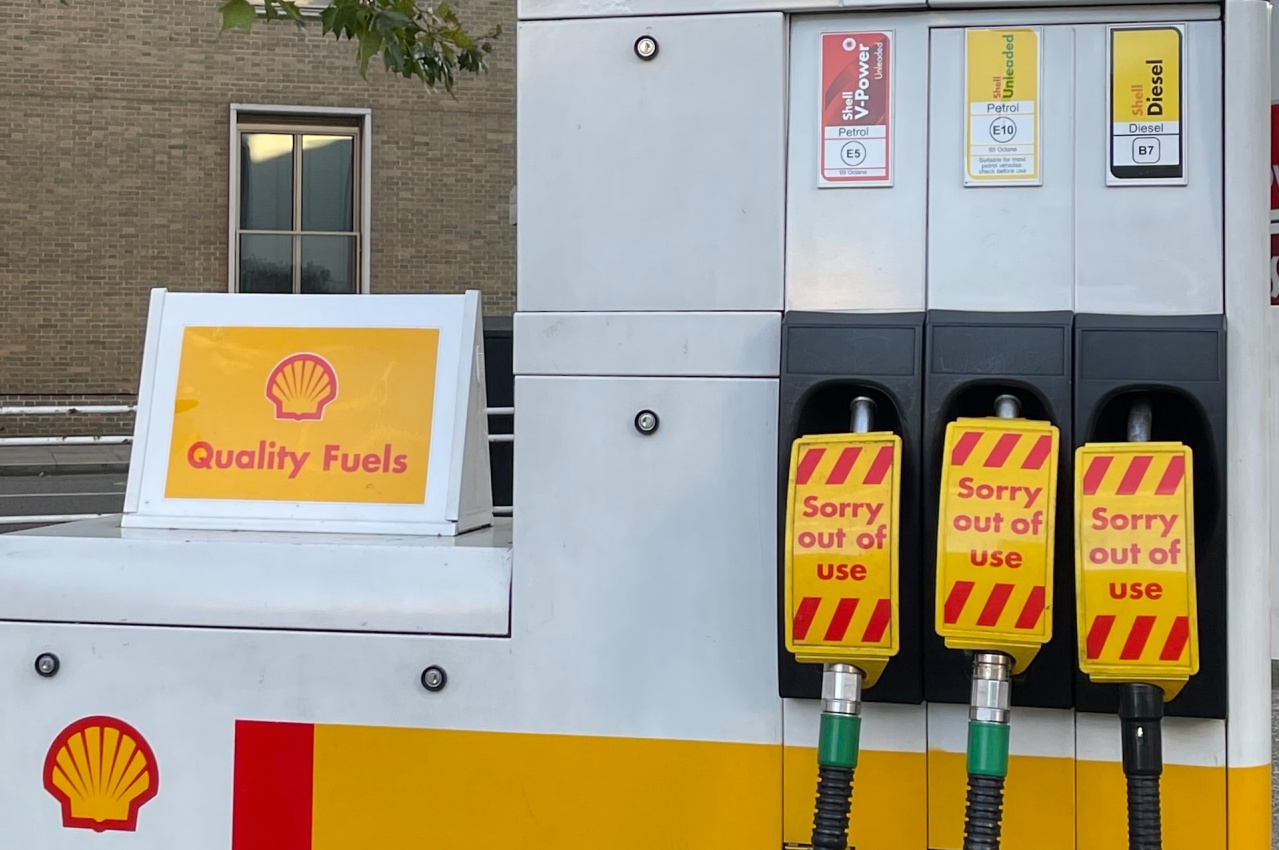Shell Plc (LON:SHEL) shares fell over 7% on Monday after a Q1 2025 trading update signaled rising upstream taxes and significant working capital buildup, overshadowing solid gas and oil trading results.
Despite challenges, Shell reported resilient gas trading, even with a previously disclosed $200–300 million loss from expiring hedge contracts. Oil trading rebounded, matching levels seen during the mid-2024 seasonal peak. However, in Integrated Gas, Shell revised its liquefaction volume forecast down to 6.4–6.8 million tonnes, while maintaining stable trading performance.
Operating expenses in the segment are expected at $900 million to $1.1 billion—below RBC Capital Markets’ $1.2 billion forecast. Depreciation and amortisation (D&A) is projected between $1.2–1.6 billion, with tax guidance slightly above consensus at $700 million to $1 billion.
In the upstream division, Shell maintained its production forecast at 1.79–1.89 million barrels of oil equivalent per day, in line with expectations. However, it flagged significantly higher tax costs of $2.4–3.2 billion, far above RBC’s $1.8 billion estimate. Operating expenses are seen at $2.1–2.7 billion, with D&A at $1.9–2.5 billion. The company expects $200 million in income from joint ventures and $100 million in exploration write-offs.
Downstream showed mixed results, with refining margins rising to $6.20 per barrel while chemical margins dipped to $126 per tonne from $138. Renewables and Energy Solutions may report anywhere from a $300 million loss to a $300 million gain, reflecting high volatility.
Shell also warned of a possible $5 billion working capital build and a $2 billion swing in derivatives. Cash taxes are expected at $2.5–3.3 billion, above RBC’s $2.4 billion estimate, raising concerns over short-term cash flow.



 GameStop Misses Q3 Revenue Estimates as Digital Shift Pressures Growth
GameStop Misses Q3 Revenue Estimates as Digital Shift Pressures Growth  SpaceX Insider Share Sale Values Company Near $800 Billion Amid IPO Speculation
SpaceX Insider Share Sale Values Company Near $800 Billion Amid IPO Speculation  Apple App Store Injunction Largely Upheld as Appeals Court Rules on Epic Games Case
Apple App Store Injunction Largely Upheld as Appeals Court Rules on Epic Games Case  Air Transat Reaches Tentative Agreement With Pilots, Avoids Strike and Restores Normal Operations
Air Transat Reaches Tentative Agreement With Pilots, Avoids Strike and Restores Normal Operations  Evercore Reaffirms Alphabet’s Search Dominance as AI Competition Intensifies
Evercore Reaffirms Alphabet’s Search Dominance as AI Competition Intensifies  Intel’s Testing of China-Linked Chipmaking Tools Raises U.S. National Security Concerns
Intel’s Testing of China-Linked Chipmaking Tools Raises U.S. National Security Concerns  EU Court Cuts Intel Antitrust Fine to €237 Million Amid Long-Running AMD Dispute
EU Court Cuts Intel Antitrust Fine to €237 Million Amid Long-Running AMD Dispute  Coca-Cola’s Costa Coffee Sale Faces Uncertainty as Talks With TDR Capital Hit Snag
Coca-Cola’s Costa Coffee Sale Faces Uncertainty as Talks With TDR Capital Hit Snag  Mizuho Raises Broadcom Price Target to $450 on Surging AI Chip Demand
Mizuho Raises Broadcom Price Target to $450 on Surging AI Chip Demand  SoftBank Shares Slide as Oracle’s AI Spending Plans Fuel Market Jitters
SoftBank Shares Slide as Oracle’s AI Spending Plans Fuel Market Jitters  SpaceX Edges Toward Landmark IPO as Elon Musk Confirms Plans
SpaceX Edges Toward Landmark IPO as Elon Musk Confirms Plans  Air Force One Delivery Delayed to 2028 as Boeing Faces Rising Costs
Air Force One Delivery Delayed to 2028 as Boeing Faces Rising Costs  Microsoft Unveils Massive Global AI Investments, Prioritizing India’s Rapidly Growing Digital Market
Microsoft Unveils Massive Global AI Investments, Prioritizing India’s Rapidly Growing Digital Market  ANZ Faces Legal Battle as Former CEO Shayne Elliott Sues Over A$13.5 Million Bonus Dispute
ANZ Faces Legal Battle as Former CEO Shayne Elliott Sues Over A$13.5 Million Bonus Dispute  Westpac Director Peter Nash Avoids Major Investor Backlash Amid ASX Scrutiny
Westpac Director Peter Nash Avoids Major Investor Backlash Amid ASX Scrutiny  Samsung SDI Secures Major LFP Battery Supply Deal in the U.S.
Samsung SDI Secures Major LFP Battery Supply Deal in the U.S.  JD.com Pledges 22 Billion Yuan Housing Support for Couriers as China’s Instant Retail Competition Heats Up
JD.com Pledges 22 Billion Yuan Housing Support for Couriers as China’s Instant Retail Competition Heats Up 































